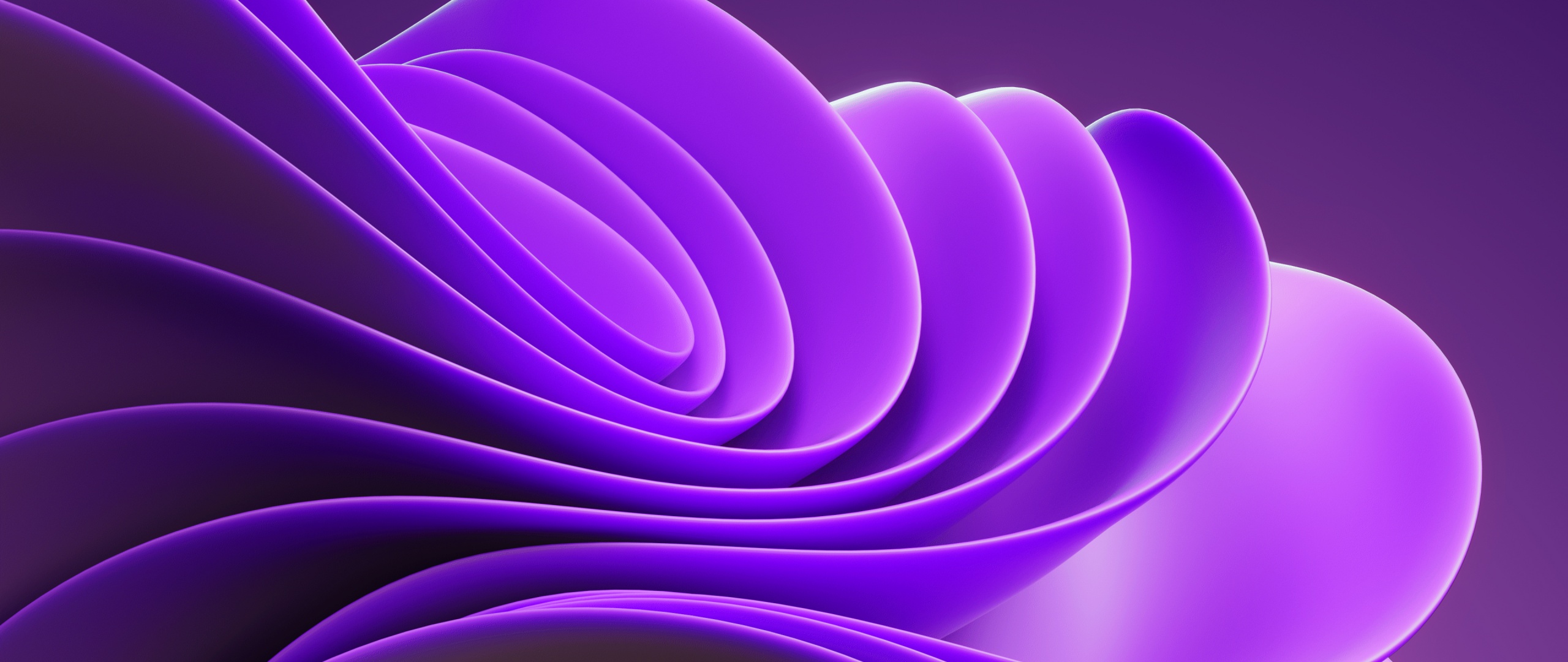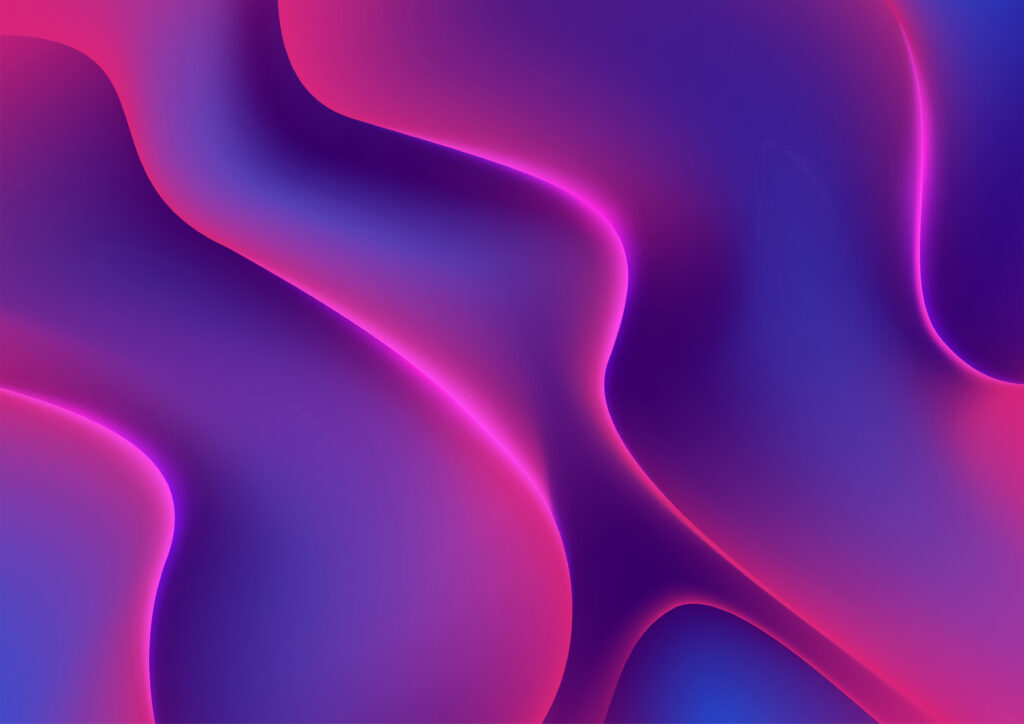Spatial design & computing
We specialize in turning ideas into immersive, 3D digital experiences for VR, AR, and spatial web applications. Our service ensures your brand captivates and engages your audience in unique, innovative ways. Transform your digital presence and lead in user engagement with our cutting-edge spatial solutions. Let’s revolutionize digital interaction together.


WHAT DO WE OFFER YOU?
- 3D Modeling and Animation: Creating detailed 3D models and animations to visualize spaces and concepts effectively.
- User Experience (UX) Design for VR/AR: Designing intuitive and immersive user interfaces and experiences for virtual and augmented reality applications.
- Spatial Data Visualization: Transforming complex data sets into easily understandable, interactive 3D visualizations.
- Virtual Reality (VR) Content Creation: Crafting engaging and immersive VR content tailored to specific industry needs or educational purposes.
- Augmented Reality (AR) Development: Developing AR applications that overlay digital information onto the physical world, enhancing real-world interactions.
- Interactive 3D Web Applications: Building web-based applications with interactive 3D elements for an engaging user experience on desktop and mobile devices.
- Environment Simulation: Simulating physical environments for testing, planning, or educational purposes.
- Asset Optimization for Real-time Rendering: Optimizing 3D assets for efficient loading and rendering in real-time applications.
WHAT YOU GET
Beyond just creating immersive experiences, we offer a suite of specialized tasks tailored to bring depth, interactivity, and innovation to your digital projects.
From 3D modeling and AR development to immersive VR content creation and interactive web applications, we tailor our expertise to innovate your digital interactions. Explore the key tasks we provide to ensure your projects not only meet but exceed the expectations in today’s tech-driven landscape.
Unity: A leading game development platform for creating 2D and 3D content, Unity is favored for its versatility in VR and AR project development, offering a wide range of tools for rendering, scripting, asset tracking, and more.
Unreal Engine: Known for its high-fidelity visuals, Unreal Engine is a powerful tool for creating complex spatial designs and experiences, especially for VR and AR. It’s widely used for its advanced lighting and physics capabilities.
Autodesk Maya: A comprehensive 3D modeling, animation, simulation, and rendering software, Maya is essential for creating detailed 3D models and animations for spatial computing applications.
Blender: An open-source 3D creation suite, Blender supports the entirety of the 3D pipeline—modeling, rigging, animation, simulation, rendering, compositing, and motion tracking, even video editing and game creation.
SketchUp: Particularly useful for architectural and interior design projects, SketchUp offers intuitive tools for creating, visualizing, and modifying 3D models quickly and efficiently.
Adobe Aero: Designed for augmented reality, Adobe Aero allows designers to create immersive content that can be experienced in a real-world environment through a mobile device.
ARKit & ARCore: These are frameworks by Apple and Google, respectively, for building augmented reality experiences. They provide developers with tools for creating AR apps that understand the environment and place digital objects in it.
Vuforia: A software development kit (SDK) for augmented reality applications, Vuforia enables the creation of AR experiences on both Android and iOS devices, supporting image recognition, 3D object recognition, and more.
Microsoft Mixed Reality Toolkit: An open-source project, this toolkit provides a set of components and features to accelerate the development of mixed reality applications for Microsoft HoloLens and other Windows Mixed Reality devices.
WebXR API: This is a standard that makes it possible to create immersive VR and AR
OUR PROCESS
01. Discover
Lorem ipsum dolor sit amet, consectetur adipiscing elit, sed do eiusmod tempor incididunt ut labore et dolore magna aliqua. Ut enim ad minim veniam, quis nostrud exercitation ullamco laboris nisi ut aliquip ex ea commodo consequat.
02. Design
Lorem ipsum dolor sit amet, consectetur adipiscing elit, sed do eiusmod tempor incididunt ut labore et dolore magna aliqua. Ut enim ad minim veniam, quis nostrud exercitation ullamco laboris nisi ut aliquip ex ea commodo consequat.
03. Develop
Lorem ipsum dolor sit amet, consectetur adipiscing elit, sed do eiusmod tempor incididunt ut labore et dolore magna aliqua. Ut enim ad minim veniam, quis nostrud exercitation ullamco laboris nisi ut aliquip ex ea commodo consequat.
04. Deliver
Lorem ipsum dolor sit amet, consectetur adipiscing elit, sed do eiusmod tempor incididunt ut labore et dolore magna aliqua. Ut enim ad minim veniam, quis nostrud exercitation ullamco laboris nisi ut aliquip ex ea commodo consequat.
